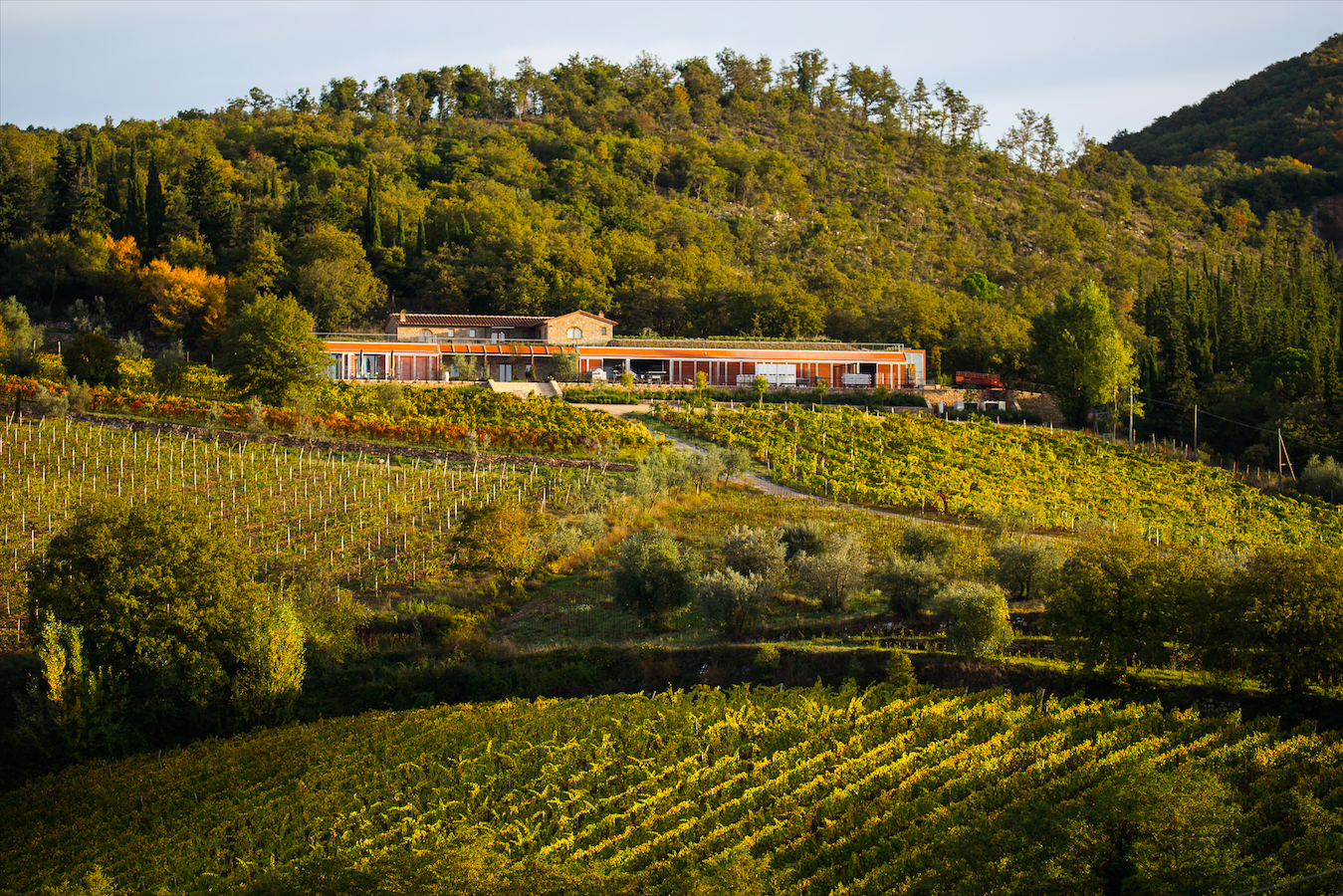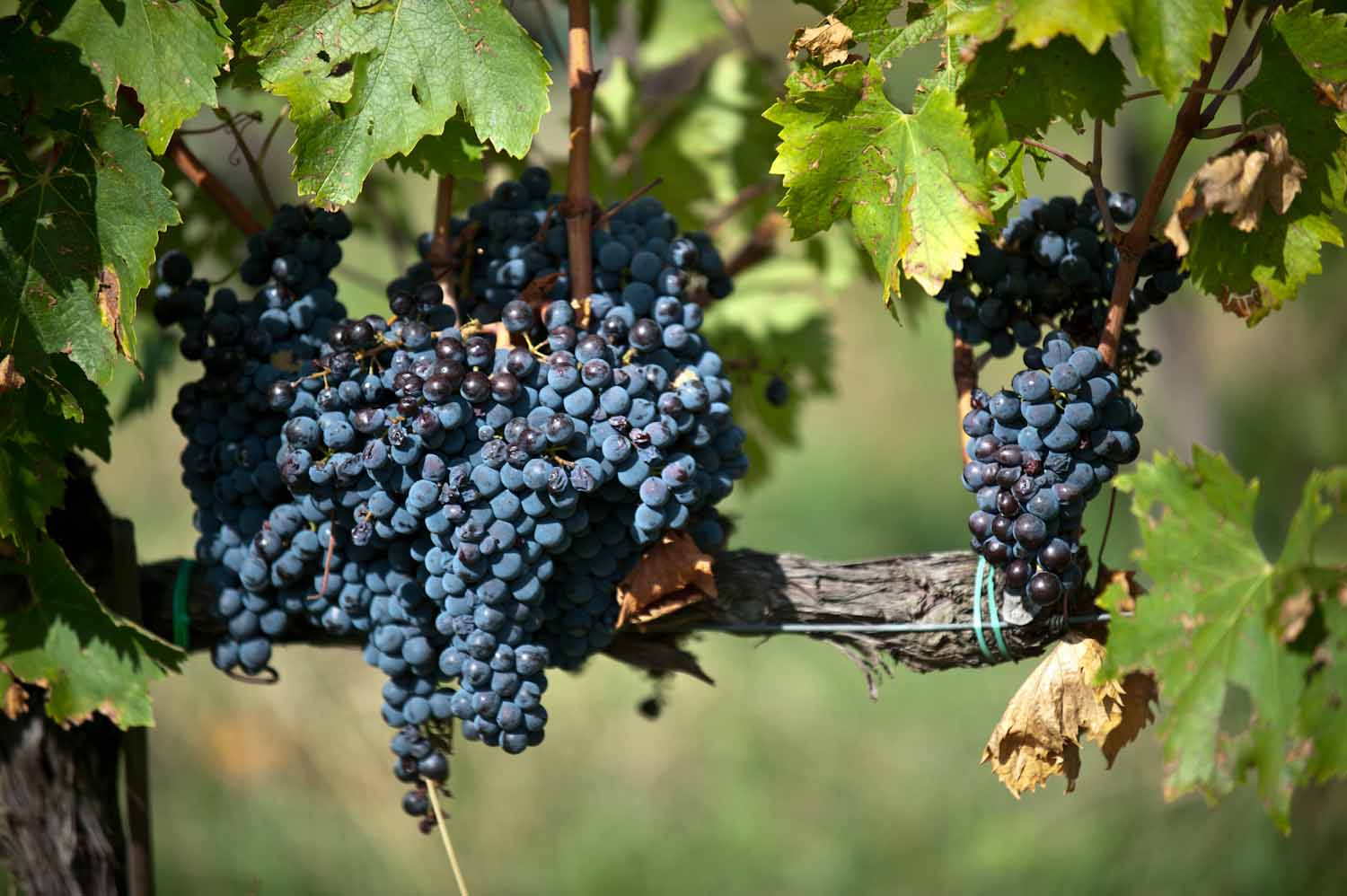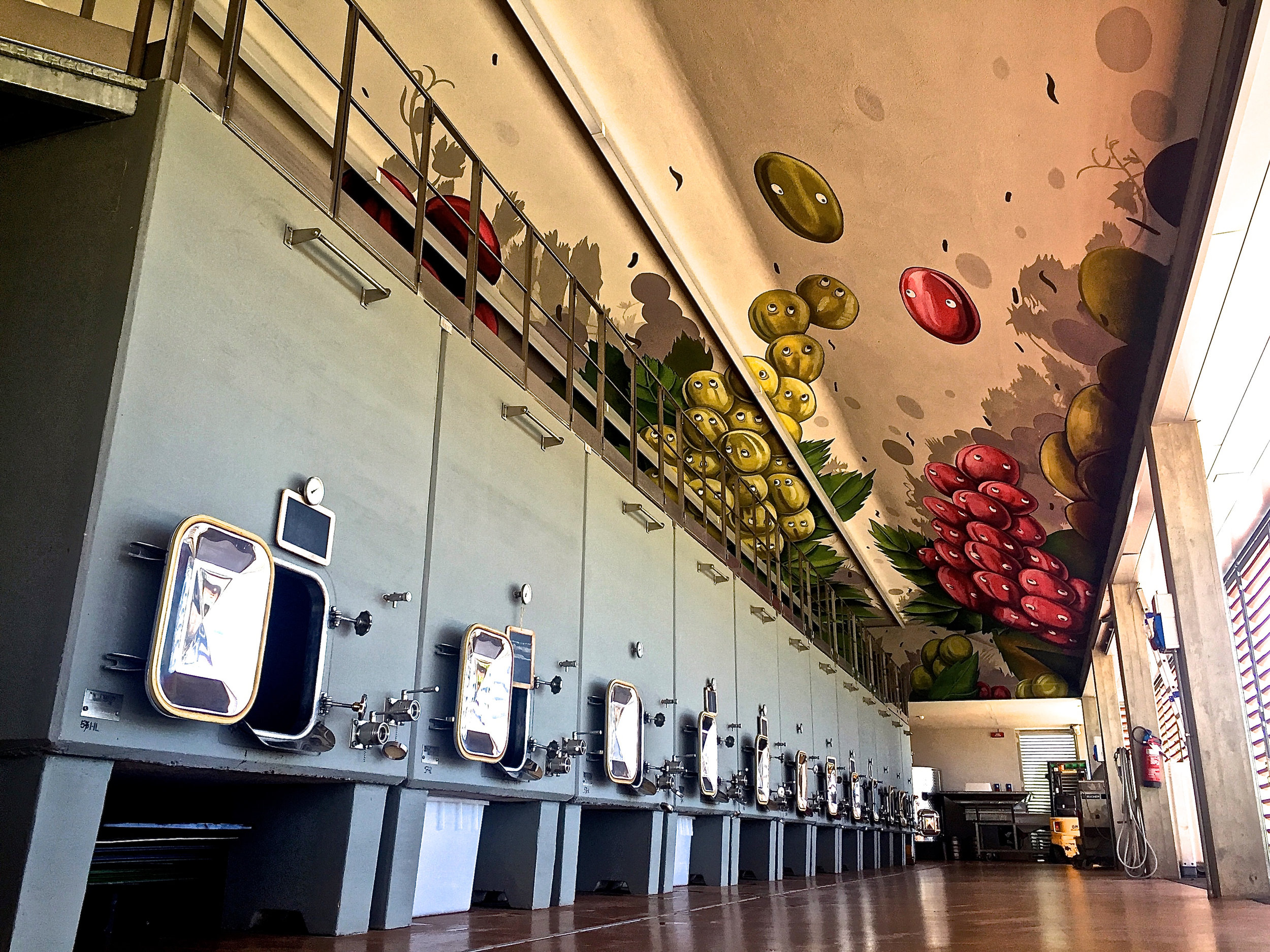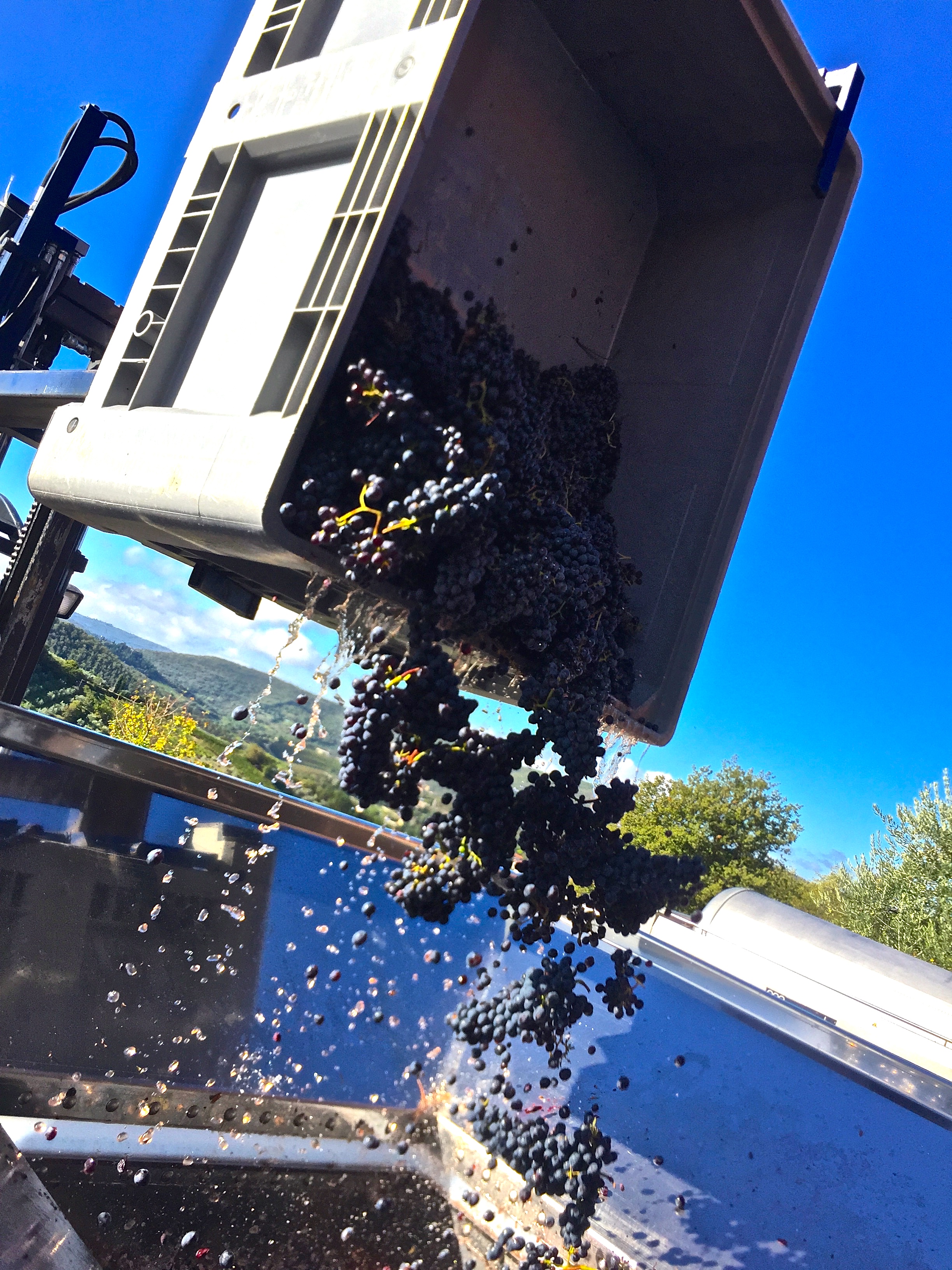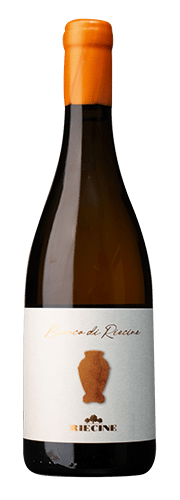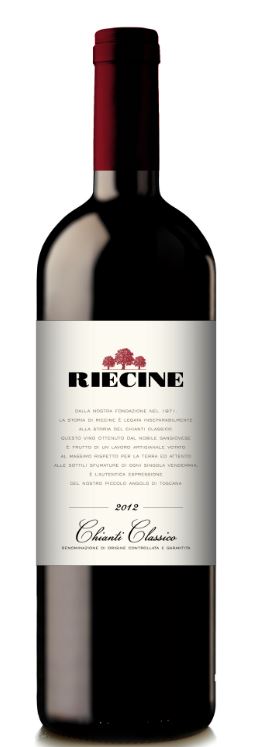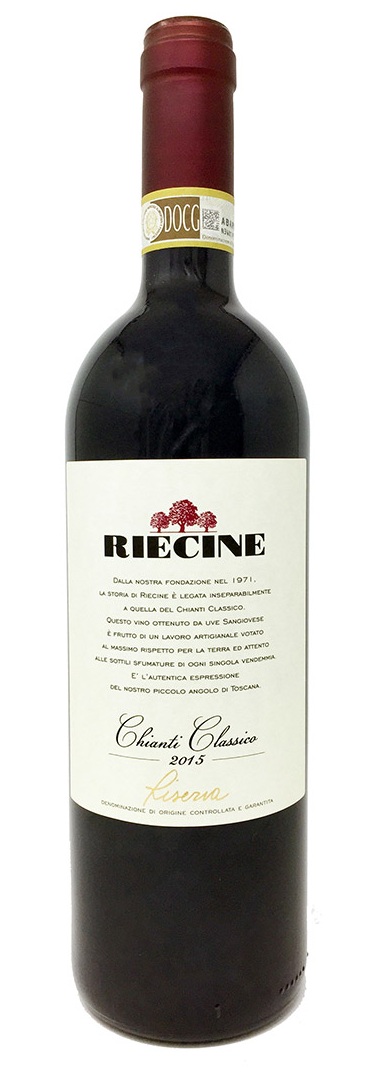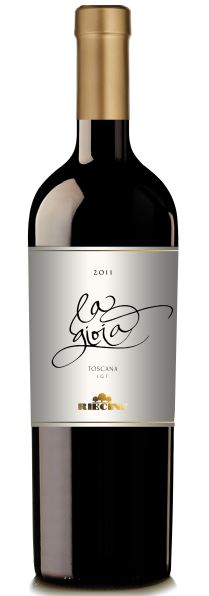The origin of the Riecine estate dates back to 1112 A.D, when the property was owned by a nearby monastery, Badia a Coltibuono. The founder of Riecine, Englishman John Dunkley, and his wife, Palmina Abbagnano, acquired the original 1.5 hectares of land from the monastery in 1971. They restored the 12th-century stone villa and began reviving and replanting vines. Their first vintage was a Vino Rosso produced in 1971 and only yielded 100 bottles. They enlisted the help of their friend Carlo Ferrini, one of Tuscany’s (in fact, the world’s) leading enologists to create these legendary first vintages.
John Dunkley was respected as one of Chianti’s most astute interpreters, and steadfastly maintained that Bordeaux varieties permitted DOCG rules for Chianti Classico had no place in the vineyards of Riecine, saying: “When Baron Philippe de Rothschild plants Sangiovese, I’ll switch to Cabernet Sauvignon.” To this day, all of Riecine’s Chianti Classico wines are 100% Sangiovese.
Today the vineyards have grown to more than 20 hectares, all of which are certified organic and located in Gaiole, in the province of Siena. The winery stands at 480 meters above sea level, which offers a fantastic elegance and freshness to the wines, as well as an amazing view of Chianti. Riecine benefits from an original mosaic of terroir that makes the wines unique and rare. The Chianti Classico and Chianti Classico Riserva represent the archetype of Chianti Classico as envisioned by the estate’s founder, while the pair of IGT Toscana wines, La Gioia, and the eponymous Riecine, showcase the full stylistic range of 100% Sangiovese on this classic Gaiole terroir.
The wines are created with artisanal care; harvested by hand, sorted out on a vibrating table, destemmed (unless whole clusters are used) and transferred directly into concrete vats. Riecine’s wines use ambient yeasts, with a long and slow fermentation in untreated cement tanks. All the wines are vinified in small lots, block by block, in order to maintain the perfect representation of each one, with their own individual characteristics and personalities.

